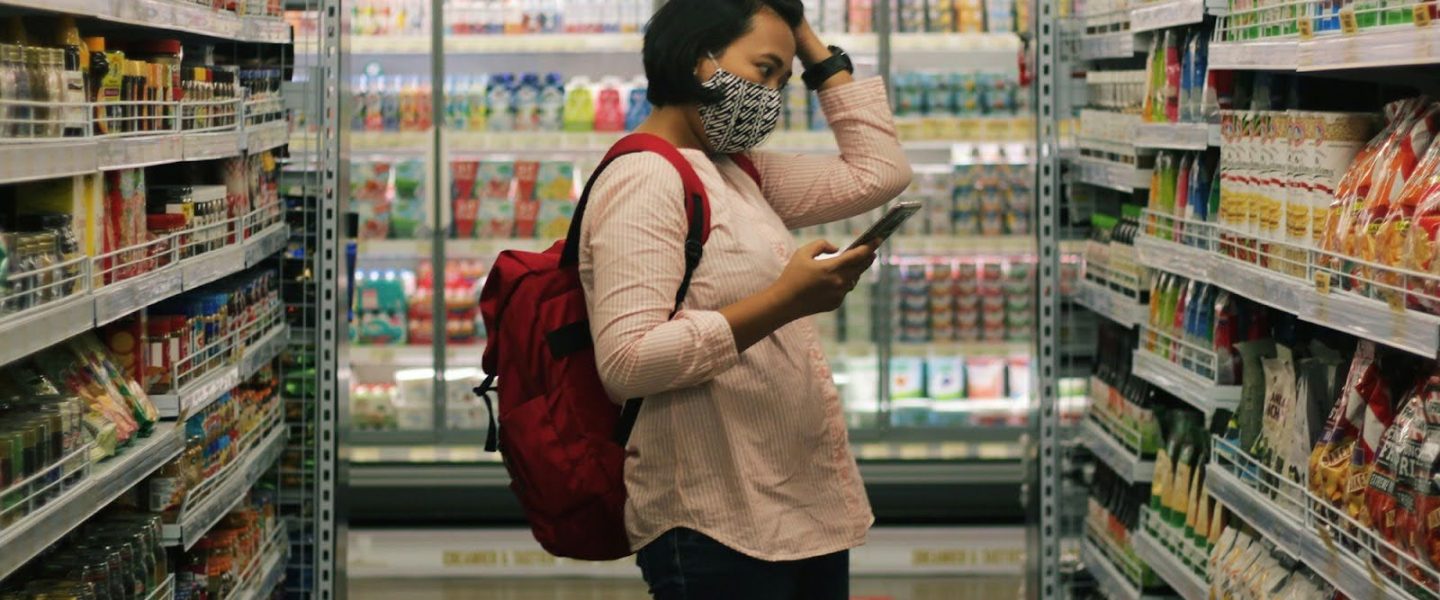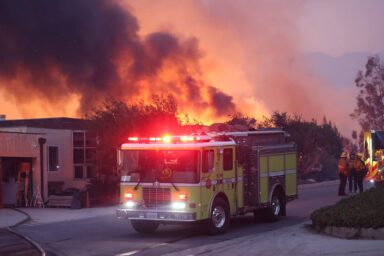They’re one indicator of the havoc that climate change is wreaking.
|
Listen To This Story
|
If we want more US residents to raise their voices about climate change, focusing on fossil fuels won’t get us there. We need to talk about something much more tangible, immediate, and universal to all: food.
Right now, Americans are highly concerned about their skyrocketing grocery bills. We witnessed a staggering 5.8 percent surge in food prices last year, with another 2.9 percent increase projected for 2024, despite a strong economy and a slowdown of inflation rates. Armed conflicts, wars, and the lingering effects of inflation are all contributors to this inflation, but the one constant and increasing factor is climate change. Many people are not yet connecting the dots.
The reality is that rising food prices should be our constant reminder of the havoc that climate change is causing. In 2023, extreme weather, such as heat waves, droughts, and floods, was the main disrupter of food prices, causing widespread damage to crops and livestock globally.
Corn, wheat, rice, and potatoes — staples of our diets — are among the crops most susceptible to changes in weather patterns. Rice, for example, cannot get efficiently self-pollinated in hotter temperatures, degrading the grain quality and reducing its yield. Scientists expect that we will start feeling the effects of the weather on rice in the next 15 years, with rice yields decreasing up to 40 percent by the end of the century. According to NASA climate projections, by 2030, increases in temperature and changes in rainfall patterns will cause significant reductions in the nutritional quality of wheat and a 24 percent reduction in maize yield.
It is not just about grains and diet staples. Fruits and vegetables are among the food groups contributing significantly to the rise in grocery prices. And we know that severe weather patterns also degrade the quality of our produce. Heat waves can scorch fruits and vegetables. A rise in carbon dioxide in the atmosphere also causes changes in the micronutrient content of popular produce like strawberries and tomatoes. To top it all off, severe weather events can also promote overgrowth of weeds and pests. When farmers use herbicides and pesticides — some of which emit climate-warming gases themselves — to control the problem, some pests may develop pesticide resistance, leading to increased use of these chemicals and causing costs to rise.
An additional 1 degree Celsius rise in Earth’s temperature could cause crop failures across 3.2 million acres in the US alone, according to one recent study. As crops fail and supplies dwindle, US residents could pay higher prices in the supermarkets.
There’s also the taxpayer burden in bailouts to farmers. US rice farmers have required disaster aid for crop loss from extreme weather events since at least 2017. Droughts, floods, and other severe weather events were cited as the most expensive reasons for crop loss, totaling over $118.7 billion in 2021-22.
While the consequences of climate change are laid bare in our supermarkets each week, less than half of US residents think that climate change is personally important. So here are some specific ways in which we can help people understand the bigger picture.
First, don’t talk about climate change. Instead, connect through food. Food is what brings us together, what we have in common. It’s no secret that climate change can be a polarizing topic in the US. Food, in contrast, is joy and is what we use to bring us together on any occasion. We use it to communicate that we care. We use it to celebrate, grieve, share, and preserve our cultures and traditions.
So commiserate with the people you know about rising food prices. Food is powerful, and people across all walks of life can rally around protecting their access to it. It is a potent topic for making the topic of climate change feel personal, immediate, and urgent for everyone.
Uriyoán Colón-Ramos is an associate professor of nutrition and global health at George Washington University.
This story was originally published by Yale Climate Connections and is part of Covering Climate Now, a global journalism collaboration strengthening coverage of the climate story.





